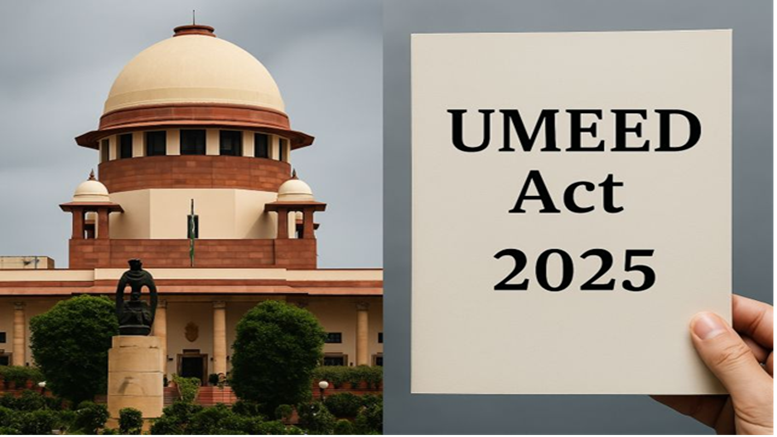- Courses
- GS Full Course 1 Year
- GS Full Course 2 Year
- GS Full Course 3 Year
- GS Full Course Till Selection
- Online Program
- GS Recorded Course
- NCERT (Recorded 500+ Hours)
- Polity Recorded Course
- Geography Recorded Course
- Economy Recorded Course
- AMAC Recorded Course
- Modern India, Post Independence & World History
- Environment Recoded Course
- Governance Recoded Course
- Science & Tech. Recoded Course
- International Relations and Internal Security Recorded Course
- Disaster Management Module Course
- Ethics Recoded Course
- Essay Recoded Course
- Current Affairs Recoded Course
- CSAT
- 5 LAYERED ARJUNA Mentorship
- Public Administration Optional
- ABOUT US
- OUR TOPPERS
- TEST SERIES
- FREE STUDY MATERIAL
- VIDEOS
- CONTACT US
Stubble Burning
Stubble Burning
Latest Context:
As of the current year (2023), Punjab's efforts to reduce stubble burning are ongoing, and the CAQM continues to play a crucial role in coordinating air quality improvement measures in various regions, including Punjab.
What is Stubble burning?
- Stubble burning, which involves setting fire to leftover crop residues like straw after harvesting grains such as rice and wheat, is a practice that harms the environment.
- It releases pollutants like carbon dioxide, carbon monoxide, nitrogen oxides, sulphur oxides, methane, and particulate matter into the air.
Reasons for Stubble Burning
- Farmers sometimes burn leftover plant parts after harvesting rice because the machines they use don't clean everything up. Also, they only have about 10 days to get ready for the next crop, wheat.
Punjab's Plan
Punjab has developed a plan to address stubble burning during the current paddy season. The goal of this plan is to reduce the number of fires caused by stubble burning by approximately 50% in 2023 compared to the previous year. To achieve this, Punjab is implementing two approaches:
- In-situ Management: This involves using techniques like Bio Decomposer (Crop residue decomposition) to manage crop residues right in the fields.
- Ex-situ Management: This approach includes using biomass-based power plants and Compressed Biogas (CBG) Plants (Facilities that convert biogas into compressed gas) to convert crop residues into useful energy sources.
The Commission for Air Quality Management (CAQM)
- The CAQM is an official body established under the CAQM in the National Capital Region and Adjoining Areas Act of 2021.
- Its main objective is to improve coordination, conduct research, and address air quality issues in regions like the National Capital Region (NCR) and nearby areas, including Punjab, Haryana, Uttar Pradesh, and Rajasthan.
- CAQM also issues legally binding directives to state governments to tackle environmental pollution.
Initiatives to Combat Stubble Burning
Several initiatives are being taken to combat stubble burning, including:
- Thermal Power Plants Using Biomass-Based Pellets: Encouraging thermal power plants to use biomass-based pellets (Small fuel particles made from organic materials) alongside traditional fuels.
- Graded Response Action Plan (GRAP): Implementing a response plan, known as GRAP, to address air quality issues in the NCR and other regions.
- Crop Diversification: Promoting the diversification of crops in Punjab and Haryana to reduce reliance on rice-wheat cropping patterns.
Conclusion:
Stubble burning, the practice of burning leftover crop residues like straw after harvesting, is harmful to the environment as it releases various pollutants into the air. Punjab is actively working to reduce stubble burning in 2023, aiming for a 50% reduction compared to the previous year.
The Commission for Air Quality Management (CAQM) and various initiatives, such as the use of biomass-based pellets and crop diversification, collectively reflect a concerted effort to address this challenge. While progress is underway, ongoing attention and working together are crucial to achieving substantial reductions in stubble burning and improving air quality for the well-being of all.
Question: What is the primary reason for stubble burning in agricultural regions like Punjab?
A) To prepare fields for the next planting season
B) To generate electricity from crop residues
C) To improve soil fertility
D) To create space for livestock grazing
Correct Answer: A) To prepare fields for the next planting season



